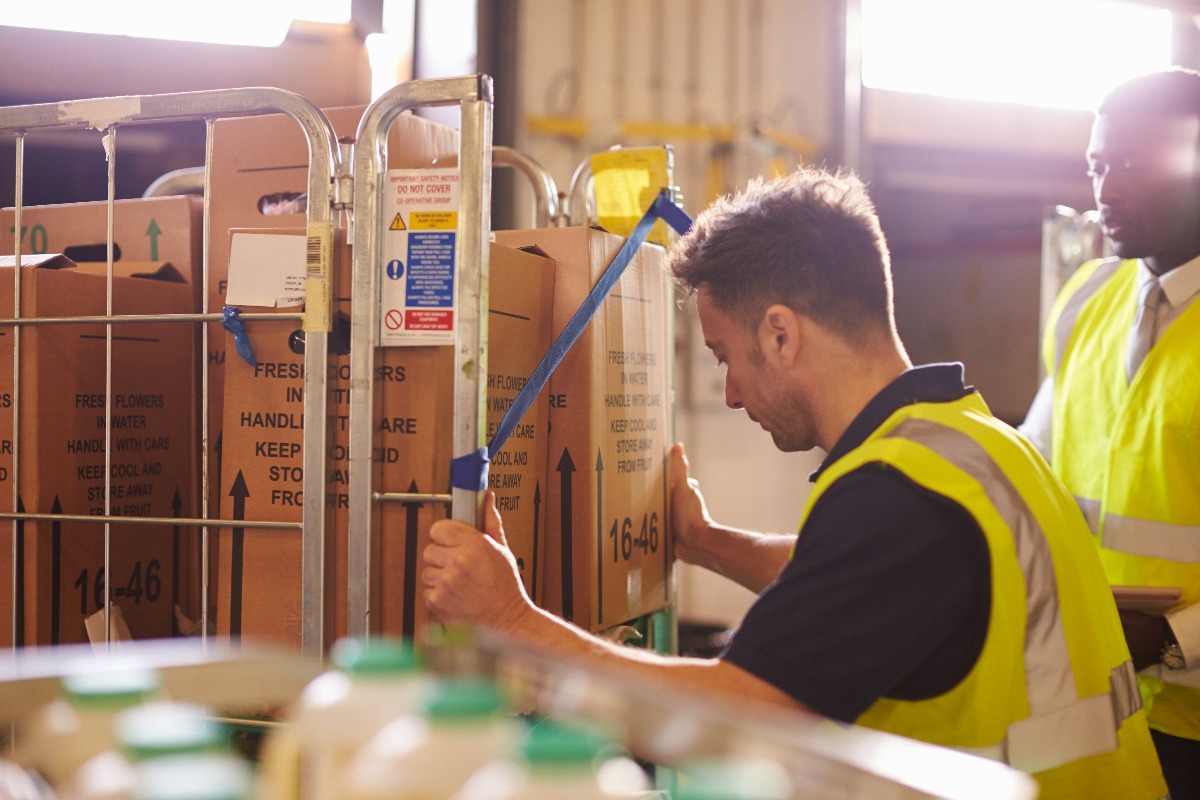Logistics is an essential part of a business. Implementing a seamless and organized logistics process is in line with trying to keep up with consumer demands. When companies have faster delivery and production pace than other providers, customer satisfaction is almost a guarantee. But many factors could make logistics a complicated process. Creating a department and securing the necessary resources and establishments are your first few steps. Partnering with warehousing and logistics companies is not out of the question.
Your primary focus is on your direct operations, but the logistics process requires the same attention and dedication from you. However, the task involves more than putting products on a vehicle and shipping them out. There are many factors involved in the logistics process, including these crucial steps.
Inventory Management
The logistics process is more than transportation. Before the task reaches a point of moving, your company will face multiple products that require storage. Thousands of manufactured products are available for transport, but your limited fleet cannot handle endless mileage. The toll of multiple long-distance routes needs companies to purchase numerous vehicles, which is costly. Maintenance and repairs also become part of the schedule, putting trucks on routine breaks.
However, companies risk letting products deteriorate in the warehouse if the logistics process is slow. The worst-case scenario is that items end up at the back row of shelves, rotting away while the latest models manufactured receive prioritization. Financial losses will accumulate, threatening your entire business. The key solution for that problem involves creating efficient inventory management. The first ones that arrive in the warehouse should be the first for transport. There are many other routines necessary for effective management, which you can pursue through many various guides.

Safety Protocols
The logistics process is a simple task that every business owner will understand. Arranging inventory, loading items to vehicles, and transporting cargo to multiple destinations are the primary steps. Something as simple as logistics shouldn’t make you worry so much, right? However, there are many intangibles to consider. Limitations are one, especially when it comes to cargo. Your vehicles, as mighty as they might be when carrying goods, have limits. Safety is another factor. Are the treacherous terrains of your routes going to deal damage on your products before they reach the destination? Logistics is a simple process, but the complications of the task can make everything challenging.
Safety protocols should be part of the logistics process, especially during packaging and transport. The first step is to ensure that the packaging materials provide a safe and closed environment for each of your products.
Your heavy-goods vehicles are reliable for transporting hundreds of items simultaneously, but they are still machines that require maintenance and care. Identifying the manageable cargo weight for your fleet can make them last longer. Multipurpose digital floor scales are the key to logistics process efficiency. These safety protocols prevent delays and disruptions caused by damaged products and vehicles. Staying within those limits is necessary, especially if you want your fleet investment to be worth the expense.
Driver Training Program
Truck drivers are your most valuable assets because they are the only people who can handle the transportation task. They brave the treacherous terrain, the long hours on the road, and the physical tax that comes with driving a massive vehicle to ensure that your business products make it to their destinations safely. Your recruitment program aims to find the most talented professional drivers on the market.
Unfortunately, skills and experience alone are be enough. Factors such as your manufactured products’ materials and packaging, the regular routes, and deadlines will all play critical factors in their performance. Onboarding your truck drivers should be seamless, starting with a training program. They already have the skills and qualifications to take on the task, but they need to know what they should expect from their daily routine.
Training program guides for truck drivers are available online, but business owners need to identify every aspect to prevent harmful situations. Accidents on the road rarely happen, but your business might be unfortunate enough to come across one. Destroyed or stolen products on transit cost a fortune, but the business reputation might also be at risk. Drivers are literally at the helm of the logistics process, making it necessary to provide them with the tools, knowledge, and protocols they need to perform efficiently.
Logistics is more than transportation, especially for businesses looking to establish healthy relationships with customers. The process is an irreplaceable part of business success, so you have to dive into the complexities and create solutions for them.

